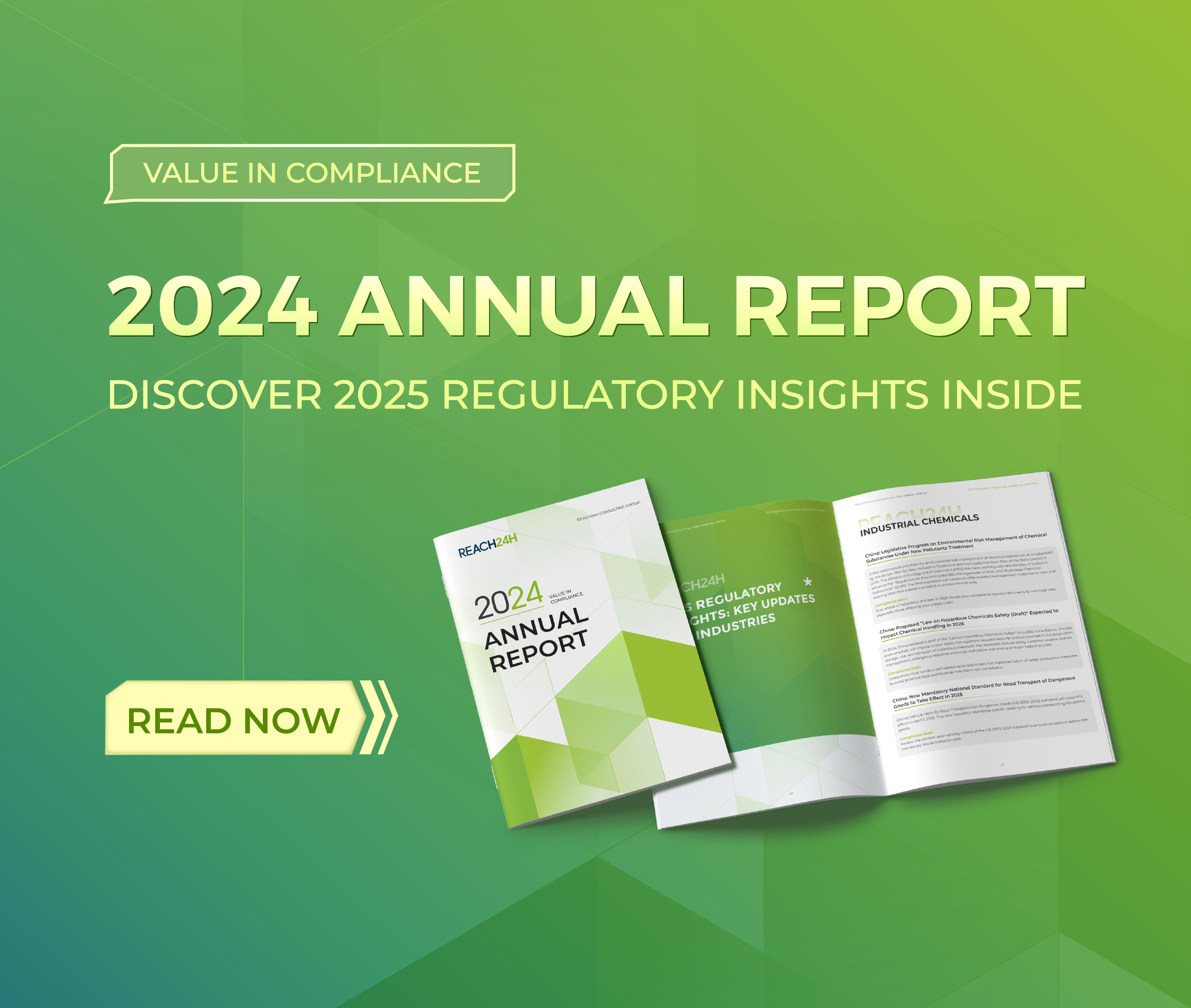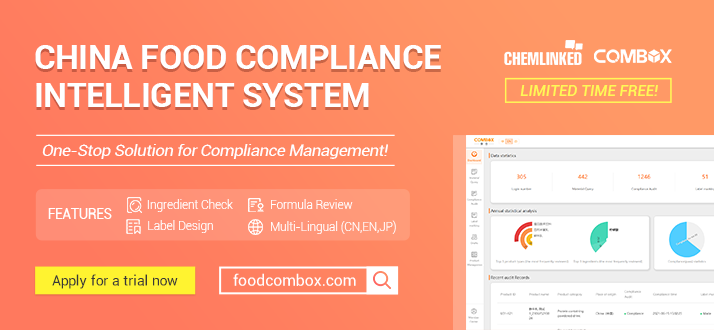Whitening Cosmetics Regulatory Compliance in ASEAN: A Comprehensive Guide
Background
The Association of Southeast Asian Nations (ASEAN) was established in 1967 and consists of ten member countries: Malaysia, Thailand, Vietnam, Myanmar, Cambodia, Laos, Singapore, Indonesia, the Philippines, and Brunei. In ASEAN countries, as in many other Asia-Pacific nations, there is a prevalent aesthetic preference for fair and bright skin. Consequently, there is significant consumer demand for whitening cosmetics in the ASEAN region. According to Bloomberg, the global skin whitening market reached approximately $8 billion in 2020, with more than half of this revenue contributed by the Asia-Pacific region. This underscores the substantial market share and high consumer demand for whitening cosmetics in ASEAN.
For businesses aiming to enter this lucrative sector, it is indispensable to navigate national regulations that govern the formulation, marketing, and sale of whitening cosmetics. Ensuring compliance is essential for successful market entry and building consumer trust. REACH24H has compiled essential regulatory information and guidelines for companies interested in entering the ASEAN whitening cosmetics market, providing a strategic advantage in this growing industry.
Overview of Cosmetics Notification in ASEAN
ASEAN enforces unified cosmetics regulations through the Agreement on the ASEAN Harmonised Cosmetic Regulatory Scheme (AHCRS), notably the ASEAN Cosmetic Directive (ACD). The ACD mandates a cosmetics notification system across ASEAN countries. Once a product notification is completed, the product can be marketed in that country. However, separate notifications are required for each country where the product will be marketed. Whitening cosmetics must adhere to the general technical requirements outlined in the ACD, including product notification procedures, ingredient regulations, labeling guidelines, and product claims.
Read more: Cosmetics Notification in ASEAN: A Comprehensive Guide to the Regulatory Process
Definition of Whitening Cosmetics
The official definition for whitening cosmetics is not provided by the ACD. In the ASEAN Consumer Information Handbook on Cosmetic Products, skin whitening or skin lightening products are defined as products aiming to lighten skin tone or provide an even skin complexion by lessening epidermal melanin.
There are two main mechanisms for lightening skin tone and reducing pigmentation:
- By reducing the concentration of existing melanin;
- By preventing the formation of new melanin.
As for product classification, these products belong to the broad cosmetic category in the ACD. Products exceeding the scope of cosmetics, such as oral or injectable products, do not fall under the category of whitening cosmetics.
Identifying Whitening Cosmetics
The ACD provides a simple 5-step decision process to identify cosmetic products and allowable claims. This process also applies to whitening cosmetics, as detailed below:
- Composition of Cosmetics
The product should contain only ingredients that comply with the annexes of ACD, and does not contain any ingredients that are banned in the ACD.
- Target Site of Application of Cosmetics
The product should be intended to be placed in contact with the various external parts of the human body. Products that are intended to be ingested, injected or placed in contact with other parts of the human body e.g. the mucous membranes of the nasal passage or the internal genitalia cannot be considered to be cosmetic products.
- Intended Main Function of Cosmetics
The product should be applied to the permitted parts of the human body with a view exclusively or mainly to clean them, perfuming them, changing their appearance and/or correcting body odors and/or protecting them or keeping them in good condition.
- Product Presentation of Cosmetics
The product should not be presented as treating or preventing disease in human beings.
- Physiological Effects of Cosmetics
Every product that affects the functioning of the body also has an effect on its metabolism. Cosmetic products typically have effects that are not permanent and have to be used regularly to maintain their effects.
For example, the claim that “preventing, reducing or reversing the physiological changes and degeneration conditions brought about by aging” is unacceptable.
Notification Requirements
Before entering the ASEAN market, whitening cosmetics must undergo product notification. The responsible company or person must notify the regulatory authority of each Member State where the product will be marketed, using the prescribed Product Notification Form. Special attention should be paid to variations in requirements among different member states, especially concerning product claims requirements, which will be listed below.
Requirements for Cosmetic Ingredients
All cosmetics sold in the ASEAN market must comply with the substances lists in the ACD Annexes, which include:
- Annex II – Part 1: List of substances which must not form part of the composition of cosmetic products.
- Annex III – Part 1: List of substances which cosmetic products must not contain except subject to restrictions and conditions laid down.
- Annex III – Part 2: List of substances provisionally allowed.
- Annex IV – Part 2: List of coloring agents allowed for use in cosmetic products
- Annex VI: List of preservatives allowed
- Annex VII: List of permitted UV filters which cosmetic products may contain.
Whitening cosmetics should only contain ingredients compliant with these annexes and must not include prohibited substances such as hydroquinone, retinoic acid, or azelaic acid. Commonly used whitening ingredients in ASEAN include niacinamide (vitamin B3), arbutin, kojic acid, linoleic acid, linolenic acid, oleic acid, and ascorbic acid (vitamin C).
Most ASEAN member states strictly follow the ingredient lists outlined in the ACD annexes for cosmetics. However, each country reserves the right to supplement these lists based on specific considerations. For example, Thailand imposes additional restrictions on prohibited ingredients.
Enterprises should therefore take note of these variations when selling products in different member states to ensure compliance with regulatory requirements.
Claims Requirements
The differences between the ACD and the regulations of ASEAN member states primarily concern permission claims and product promotion. For example, Singapore’s claim regulations and claim practices are as follows
| Country | Regulations on Claims | Claim Practices |
| Singapore | Singapore fully adheres to the ASEAN Claim Guidelines.
There are no country-level guidelines for cosmetics advertising in Singapore, only generic advertising guidelines |
In general, claims to prevent, reduce or reverse physiological changes are not accepted
– (Instant) Whitening: Claims are allowed – Pigmentation: The reduction/treatment of mid-high risk hyperpigmentation should be with a disclaimer relating to benefit within cosmetic scope |
| … | … | … |
REACH24H advises cosmetic manufacturers and marketers to verify the latest regulations and guidelines in each target country to avoid compliance issues. For more details about claim requirements in different ASEAN countries, please contact us.
Summary
Whitening cosmetics are highly popular in the ASEAN region, with many consumers desiring whiter and more even skin tones. ASEAN’s regulation of whitening cosmetics is based on the ACD and ASEAN Cosmetic Claim Guideline, with slight variations among member countries.
Contact Us
REACH24H offers enterprises comprehensive compliance services for entering ASEAN markets, such as Vietnam, Indonesia, Thailand, Malaysia, and Singapore, including:
- Product notification
- Responsible person service
- Formula and packaging review
- CPSR preparation
- PIF documentation compilation
- Post-market regulatory support
Email: customer@reach24h.com | Tel: +86 400 809 5809




